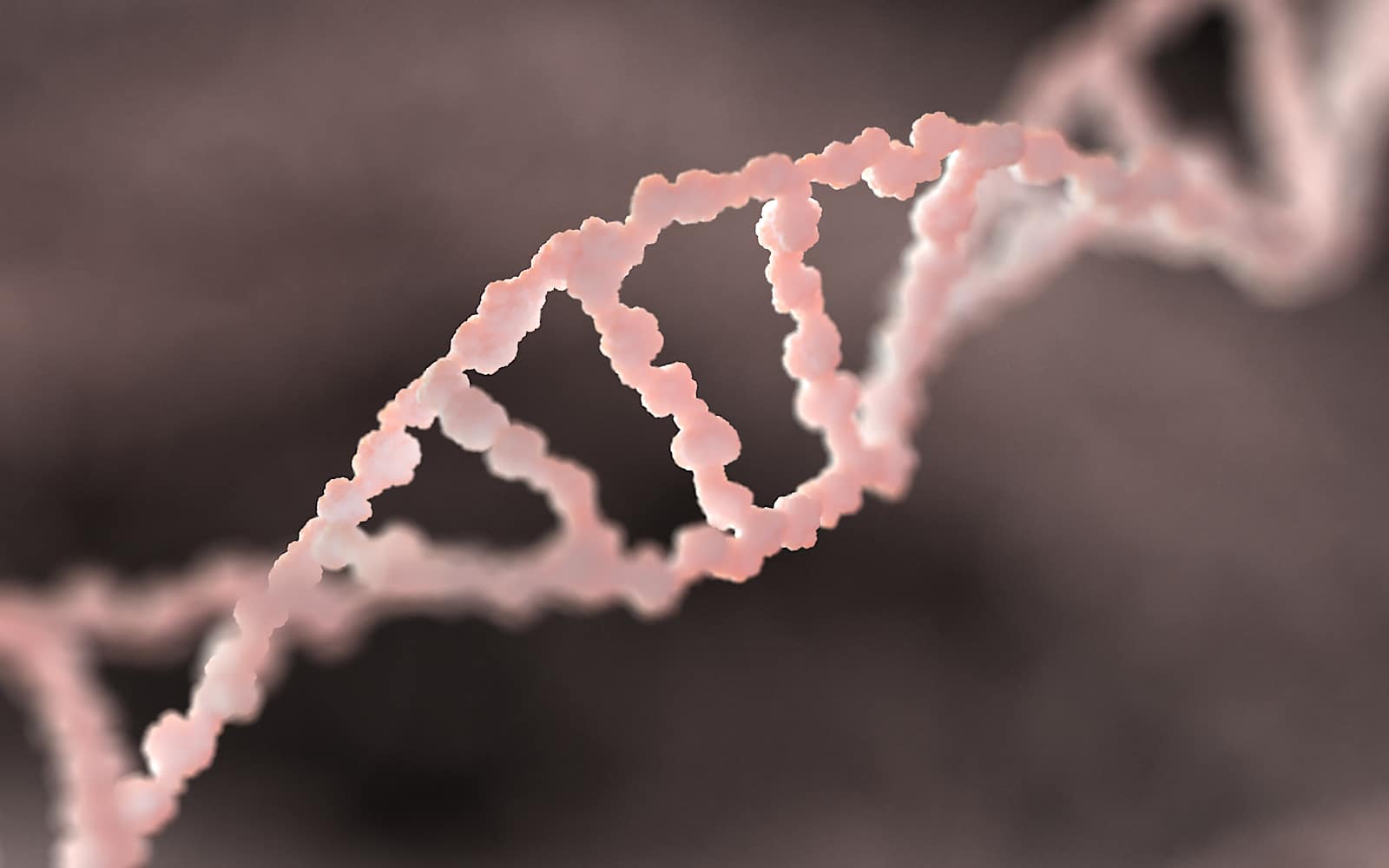You might think of men you hear about the discovery of DNA, or even the creation of wireless networking, but women have been behind much of that, and a lot more, too.
Married to a scientist doing her PhD, this journalist is always delighted to see the amazing things being developed and created by women.
While men are typically painted as the breadwinners in history, some of humanity’s biggest achievements have women at the helm, and they might be for things you’ve never really thought about.
There are hundreds of women scientists and technologies worth talking about, but on Interntional Women’s Day 2020, we’re sharing five of the ones we’re thinking about before spending time with the two women that matter most in his life, his wife and daughter.
Rosalind Franklin discovered the double-helix in DNA
We all know that DNA is the genetic material that helps define who and what we are, but did you know the first example of DNA’s double helix structure was discovered by a woman?
Back in the 1950s, scientist Rosalind Franklin discovered a double helix structure in DNA fibre in an image now known as “Photo 51”, which was subsequently shown to fellow scientists James Watson by his collaborator Maurice Wilkins.
At the time, Franklin was leaving the institution she was working at, and her research was being started with these other scientists, which let to Watson, Wilkins, and another scientist Francis Crick to be known as the scientists that discovered the double helix structure of DNA, and not Rosalind Franklin who made the discovery in the first place.
Hedy Lamarr discovered frequency-hopping used in WiFi and Bluetooth
Australia’s CSIRO may be responsible for the WiFi standard we know and use today, but one of the underlying principles that it uses was pioneered by Hedy Lamarr, an actress that would spend time inventing.
In the 1940s, Lamarr worked with composer George Antheil on a communications system using frequency hopping spread spectrum technology which rolled through frequencies like the 88 keys of a piano. It didn’t see use until several years later, but the concept is similar to what is used in WiFi and Bluetooth for digital radio communication.
Grace Hopper built the first programming compiler
There are numerous programming languages out in the world today, and there’s never been a better time for kids to learn how to code than now, but we might have all been speaking binary if Grace Hopper hadn’t come up with a compiler.
In the 1950s, Grace Hopper and her team found a way to translate computer language into English words, creating what was then called a “linker”, but what we now call a “compiler”.
These compilers effectively work as a way to program in English, and not only make it easier for more to learn, but for programming to become more expansive. Hopper’s development led to the Common Business Orientated Language “COBOL” to being created, which has paved the way for other programming interfaces, and is still in use today.
Kathryn Johnson calculated the path of space flights
Getting people off the ground and into space is something typically handled by big rooms of computers, but we didn’t always have hyper accurate computers, and at one point had humans do the work.
From the 50s, people were relied upon as a form of human computers, as the technology just hadn’t advanced the way it has now. Prone to bugs, blackouts, and hiccups, the early computers could not necessarily be relied on in quite the same way as we do with our computers today. Instead, these incredibly smart people worked to provide mathematical analysis and equations for space flights and trajectories to get astronauts off the ground, into space, and then back again.
Kathryn Johnson was one of these people, and in 1962, Johnson was tasked with running numbers outside of the computers, effectively working out the numbers by hand to get astronautics into space during the US-Soviet Union space race, as detailed in the film, “Hidden Figures”.
Ann Tsukamoto discovered human blood stem cells and advanced medical research
Medical science is making tremendous breakthroughs, and we’re living longer than ever, curing conditions, and improving the quality of life for people across the world, and part of that can be attributed to medical scientist and inventor Ann Tsukamoto.
In the early 90s, Ann worked to discover and isolate blood-forming stem cells alongside colleagues, with this research being crucial for repairing and replacing immune systems in patients with blood cancer.






